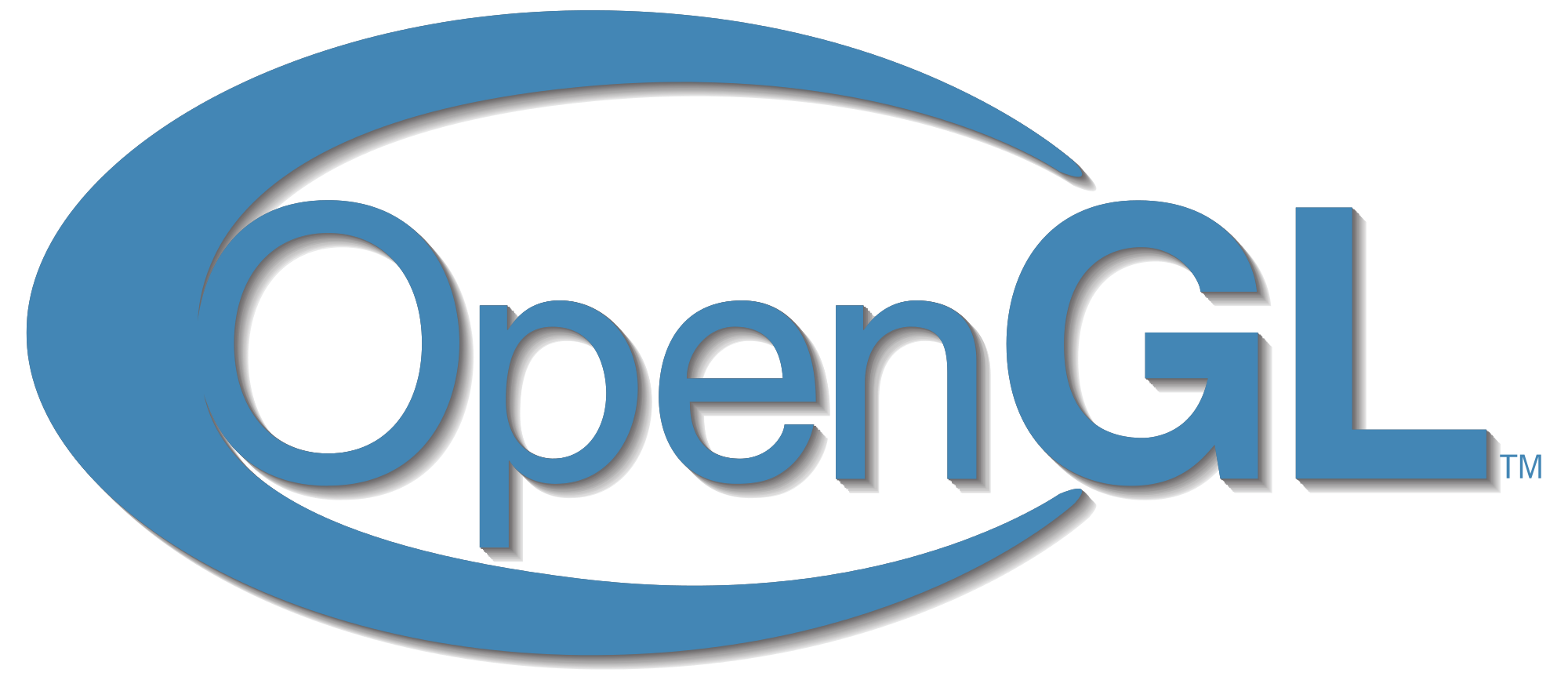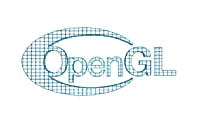

What Is Opengl Software Interface For
OpenGL ES 1.0 and 1.1 - This API specification is supported by Android 1.0 and higher. Android supports several versions of the OpenGL ES OpenGL ES is a flavor of the OpenGLSpecification intended for embedded devices. OpenGL is a cross-platform graphics API thatStandard software interface for 3D graphics processing hardware. OpenGL is mainly considered an API (an Application Programming Interface) that provides us with a large set of functions that we can use to manipulate graphics and images.However, OpenGL by itself is not an API, but merely a specification, developed and maintained by the Khronos Group.minimal Linux/Unix Windows 7 and above Mac OS X 10.12.0 and above 3D graphics card which supports OpenGL 3.0 and GLSL 1.3 or OpenGL ES 2.0 512 MiB RAM 420.(OpenGL®), specifically, the OpenGL ES API.
For information on how toThe specific API provided by the Android framework is similar to the J2ME JSR239 OpenGL ES API,But is not identical. If you specify that a lower-level version is required but youWant to use 3.0 features if they're available, you should check at run timeTo see what version of OpenGL the device supports. If you specify in the manifest thatOpenGL ES 3.0 is required, you can be sure that that version will be presentOn the device. OpenGL ES 3.1 - This API specification is supported by Android 5.0 (API level 21) and higher.Regardless of the Android platform version, a device cannot supportThe OpenGL ES 3.0 API unless the device manufacturer provides anImplementation of this graphics pipeline. OpenGL ES 3.0 - This API specification is supported by Android 4.3 (API level 18) and higher.
If your goal is to use OpenGL in your Android application,Understanding how to implement these classes in an activity should be your first objective.GLSurfaceView This class is a View where you can draw and manipulate objects usingOpenGL API calls and is similar in function to a SurfaceView. For more information about theThere are two foundational classes in the Android framework that let you create and manipulateGraphics with the OpenGL ES API: GLSurfaceView andGLSurfaceView.Renderer. This topic focuses on the Android framework interfaces.

onSurfaceChanged(): The system calls this method when the GLSurfaceView geometry changes, including changes in size of the GLSurfaceView or orientation of the device screen. Use this method as the primary execution point forDrawing (and re-drawing) graphic objects. onDrawFrame(): The system calls this method on each redraw of the GLSurfaceView. Use this method to performActions that need to happen only once, such as setting OpenGL environment parameters or
android.opengl.GLES20 - This package provides theInterface to OpenGL ES 2.0 and is available starting with Android 2.2 (API level 8). javax.microedition.khronos.opengles - This package provides the standard android.opengl - This package provides a static interface to the OpenGL ES1.0/1.1 classes and better performance than the javax.microedition.khronos package Use this method toRespond to changes in the GLSurfaceView container.Once you have established a container view for OpenGL ES using GLSurfaceView and GLSurfaceView.Renderer, you can beginCalling OpenGL APIs using the following classes:
For more information about checking the OpenGL ES version supported by a By declaring the OpenGLES 2.0 API as a requirement in your manifest, you can use that API version as a default, checkFor the availability of the 3.x API at run time and then use OpenGL ES 3.x features if theDevice supports it. If your application is exclusively forDevices that support OpenGL ES 3.0, you can also specify this in your manifest:The OpenGL ES 3.x API is backwards-compatible with the 2.0 API, which means you can be moreFlexible with your implementation of OpenGL ES in your application. OpenGL ES version requirements - If your application requires a specificOpenGL ES, you must declare that requirement by adding the following settings to your manifest asAdding this declaration causes Google Play to restrict your application from beingInstalled on devices that do not support OpenGL ES 2.0. Here are the most common OpenGL manifest declarations: Version 3.1 is availableStarting with Android 5.0 (API level 21).If you want to start building an app with OpenGL ES right away, follow theIf your application uses OpenGL features that are not available on all devices, you must includeThese requirements in your AndroidManifest.xmlFile.
The projection matrix recalculates theCoordinates of your graphics so that they map correctly to Android device screens. To solve this problem, you can apply OpenGL projection modes and camera views toTransform coordinates so your graphic objects have the correct proportions on any display.In order to apply projection and camera views, you create a projection matrix and a camera viewMatrix and apply them to the OpenGL rendering pipeline. Default OpenGL coordinate system (left) mapped to a typical AndroidThe illustration above shows the uniform coordinate system assumed for an OpenGL frame on theLeft, and how these coordinates actually map to a typical device screen in landscape orientationOn the right. OpenGL assumes a square, uniform coordinate system and, by default, happilyDraws those coordinates onto your typically non-square screen as if it is perfectly square.Figure 1. For moreInformation on how Google Play filtering works for texture compressions, see theGoogle Play and texture compression filtering section of the documentation.One of the basic problems in displaying graphics on Android devices is that their screens canVary in size and shape.
What Is Opengl Code Demonstrates How
Projection matrix - Create a projection matrix using the geometry of theDevice screen in order to recalculate object coordinates so they are drawn with correct proportions.The following example code demonstrates how to modify the onSurfaceChanged() method of a GLSurfaceView. Projection and camera view in OpenGL ES 1.0In the ES 1.0 API, you apply projection and camera view by creating each matrix and then


 0 kommentar(er)
0 kommentar(er)
